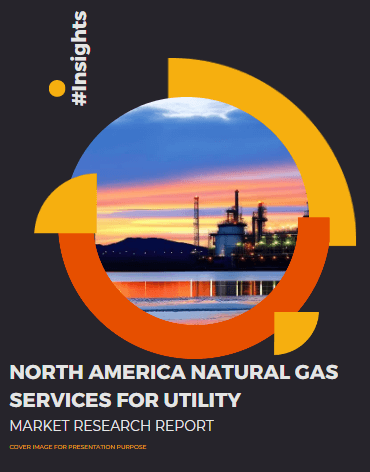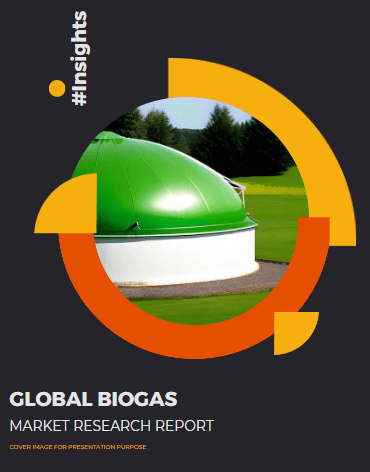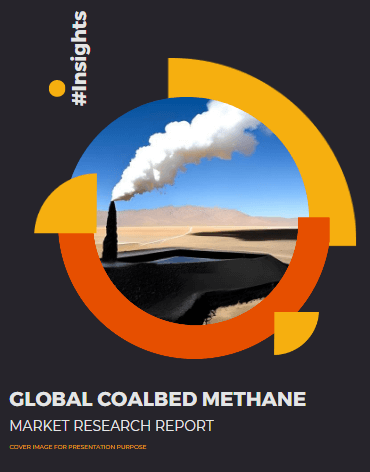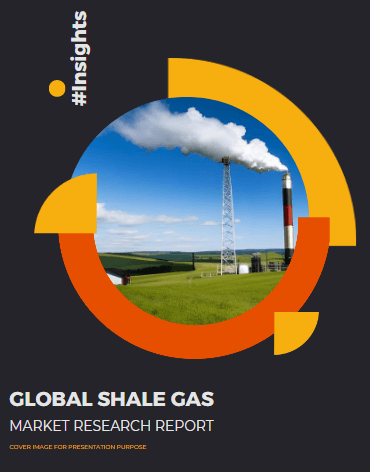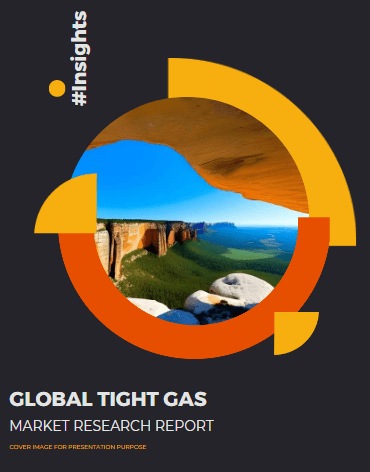Increasing Adoption of Liquid Natural Gas Boosts Global Market Value to 15.6 Billion USD by 2029
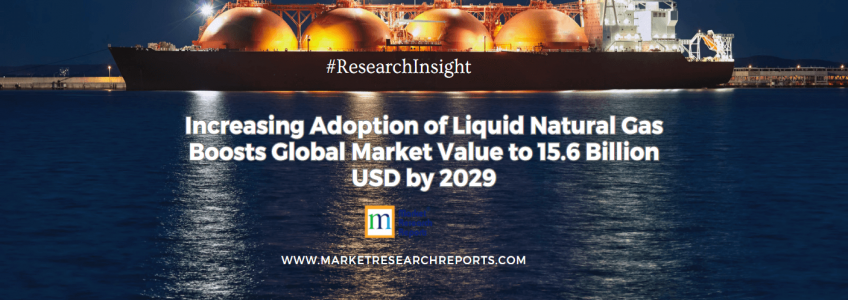
Liquid Natural Gas (LNG) is a type of natural gas that is cooled to -162 degrees Celsius, which turns it into a liquid state and makes it easier to transport and store. This technology has revolutionized the global energy market, exploiting previously inaccessible gas reserves and facilitating the growth of international trade in natural gas. The LNG industry has proliferated in recent years, driven by the increasing demand for natural gas, particularly in Asia, and the availability of new gas supplies from countries like Australia and the United States. This essay examines the growth of the LNG industry, the opportunities and challenges it faces, and the implications of this industry for global energy markets.
Natural gas is a cleaner-burning fossil fuel that emits fewer pollutants and greenhouse gases than coal or oil. It is also abundant and cost-effective compared to other fossil fuels.
1 . Growth of the LNG Industry
Over the past decade, the liquefied natural gas (LNG) industry has experienced remarkable growth, with the global capacity for liquefaction reaching an all-time high of 460 million tonnes per annum (mtpa) in 2021, a significant increase from 160 mtpa in 2000. However, this capacity is mainly concentrated in a handful of countries, such as Australia, Qatar, and the United States, collectively representing about 60% of the world's liquefaction capacity. Simultaneously, the import capacity for LNG has also surged, with a record of 816 billion cubic meters (bcm) imported in 2021, compared to only 133 bcm in 2000.
"MTPA" stands for "million tonnes per annum" and is a commonly used unit of measurement in the energy industry to express the capacity or volume of production of liquefied natural gas (LNG) or other commodities. For example, suppose a natural gas liquefaction plant has a production capacity of 10 million tonnes per annum (MTPA).
In that case, it means that the plant can produce 10 million tonnes of LNG per year. Similarly, if a country's LNG export capacity is stated as 20 MTPA, it means that the country can export 20 million tonnes of LNG per year. Overall, MTPA is an essential unit of measurement for the LNG industry, as it helps quantify the production capacity and volume of LNG produced or exported by a country or company.
Liquefied Natural Gas (LNG) Market Research Report
The leading LNG exporters are the United States, Qatar, and Russia. According to the report, the global trade of LNG is predicted to grow by 5% in 2022, mainly due to increased production from the top three LNG exporters and the recovery of disrupted volumes in Norway, Peru, and Trinidad and Tobago. The volume of global LNG trade is anticipated to rise by 4% in 2023, with LNG export growth continuing at a rate of approximately 4% as the Freeport LNG terminal in Texas is expected to resume full production.
"BCM" stands for "billion cubic meters" and is a unit of measurement used to quantify the volume of natural gas production, consumption, or reserves. It is commonly used in the energy industry and is a standard measure of the volume of natural gas.
For example, if a country's annual natural gas consumption is reported as 100 BCM, it means that it consumed 100 billion cubic meters of natural gas that year. Similarly, if a natural gas field has proven reserves of 1,000 BCM, it means that the field contains 1 trillion cubic meters of natural gas. BCM is an important unit of measurement for the natural gas industry because it allows for the standardization and comparison of natural gas volumes across different regions, countries, and companies. It is used for a variety of purposes, such as in the calculation of natural gas reserves, production, and consumption. It is a crucial metric for assessing the supply and demand of natural gas in global energy markets.
The Asia Pacific region remains the primary driver of global LNG contracting, with China accounting for 61% of the total contract volume signed in 2021.
2 . Top 10 Natural Gas Producing Countries
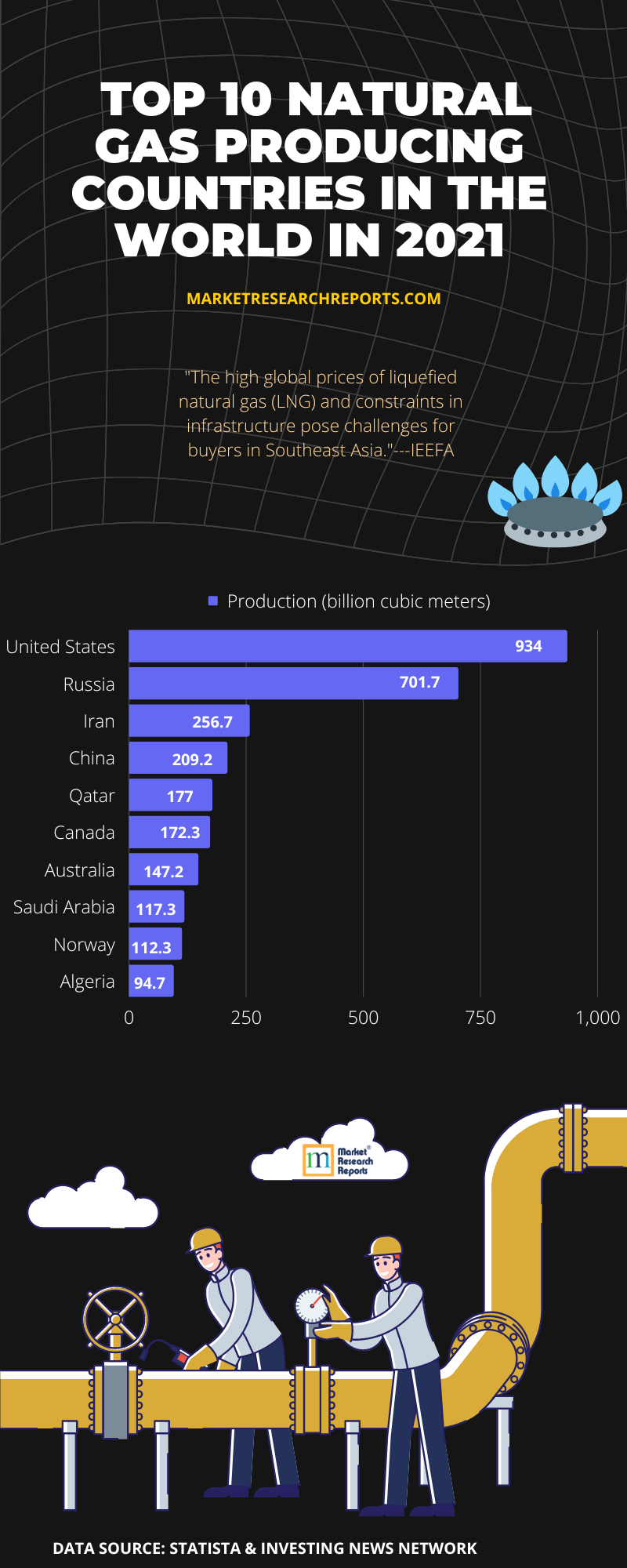
During the first five months of 2021, Asia was the largest consumer of U.S. LNG, accounting for 46% of total exports, as per the Energy Information Administration. Other regions that received U.S. LNG exports included Europe, South America, and the Middle East. By the first half of 2022, the United States became the world's biggest LNG exporter, with the EU and the UK being the top importers, making up 64% of total U.S. LNG exports. However, the Global LNG Hub lists South Korea, Japan, and China among the top 15 U.S. LNG export destinations in April 2020.
The U.S. LNG exports surged in the first half of 2021, averaging 9.6 billion cubic feet per day, which is a sharp contrast to the previous year when demand plummeted due to the Covid-19 pandemic. Most of the U.S. LNG exports were shipped to Asia, with South Korea, China, and Japan leading the importers' list. The price disparity between the U.S. Henry Hub natural gas benchmark and global natural gas prices supported record levels of LNG exports.
3 . Opportunities and Challenges
The LNG industry has brought both opportunities and challenges for exporting and importing countries alike. For exporting nations like Qatar, the industry has created a fresh revenue stream and facilitated economic growth, but also presented new challenges, such as the need for long-term contracts with buyers and fluctuating prices in the global LNG market.
For importing countries, the LNG industry has offered access to new natural gas sources, enhancing energy security and reducing reliance on fossil fuels. However, importing nations have also faced obstacles, such as the requirement for investment in infrastructure, like pipelines and regasification terminals, and managing energy costs in the face of market price fluctuations.
The LNG industry has also raised environmental and social concerns, particularly regarding the production and transportation of LNG and its potential for greenhouse gas emissions. Despite being a cleaner alternative to coal, LNG still contributes to greenhouse gas emissions, particularly during production and transportation. Additionally, LNG development can cause social and environmental impacts, such as displacement, changes to land use, and pollution of local ecosystems.
4 . Implications for Global Energy Markets
The expansion of the liquefied natural gas (LNG) industry has far-reaching implications for the global energy market, particularly about the potential for LNG to promote the growth of natural gas as a prominent fuel source. The International Energy Agency (IEA) predicts that natural gas, which accounts for 24% of global energy consumption, will rise to 28% by 2040, largely driven by the growth of the LNG sector.
One of the significant implications of the LNG industry for the global energy market is the possibility for LNG to foster competition and decrease the monopoly of traditional gas suppliers like Russia. The emergence of new gas supplies from countries such as the United States and Australia, facilitated by LNG, has expanded the diversity of the global gas supply and reduced the bargaining power of established gas suppliers. This has also opened up new possibilities for gas importers, particularly in Asia, who previously relied heavily on Russian pipeline gas.
Another consequence of the LNG industry's growth in the global energy market is the potential for LNG to support renewable energy development. Although natural gas is a fossil fuel, it is considered a cleaner and more versatile energy source than coal or oil. Thus, gas-fueled power generation has become a crucial complement to renewable energy in many countries, especially given the intermittency of sources like wind and solar power. The rise of the LNG sector has furthered the establishment of new gas-fueled power plants, notably in Asia, contributing to reducing emissions in the power sector.
5 . Market for Different Types of Natural Gases
6 . Conventional Natural Gas
7 . Biogas
Biogas is produced from organic materials such as agricultural waste, sewage, and landfill waste through anaerobic digestion. It contains mainly methane and carbon dioxide.


